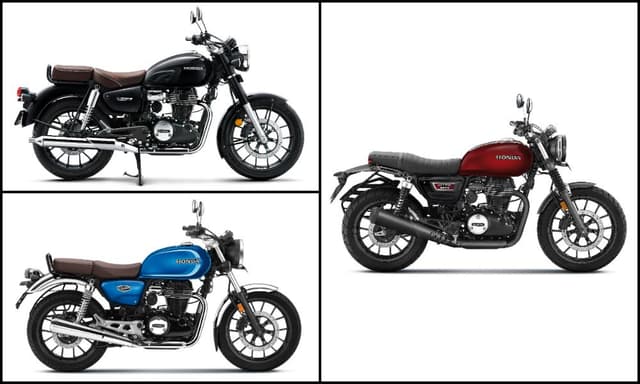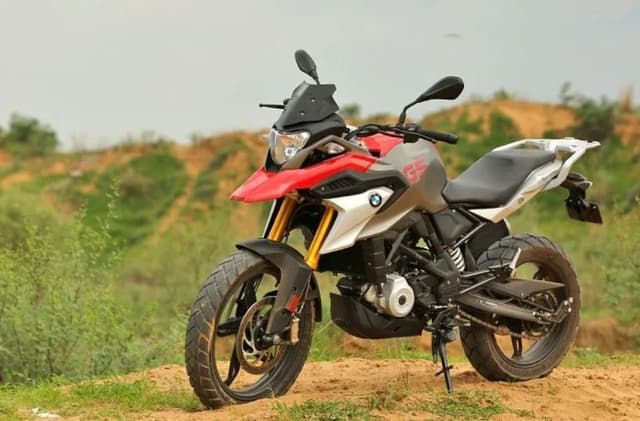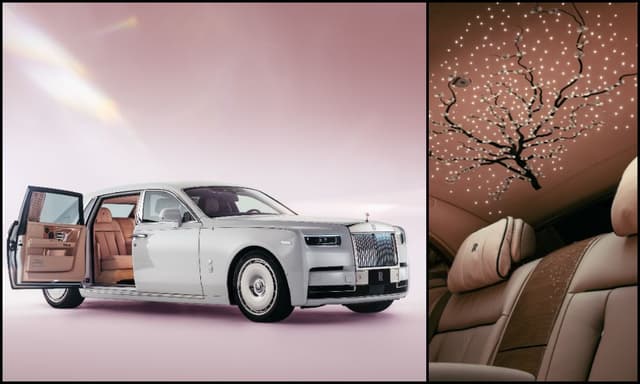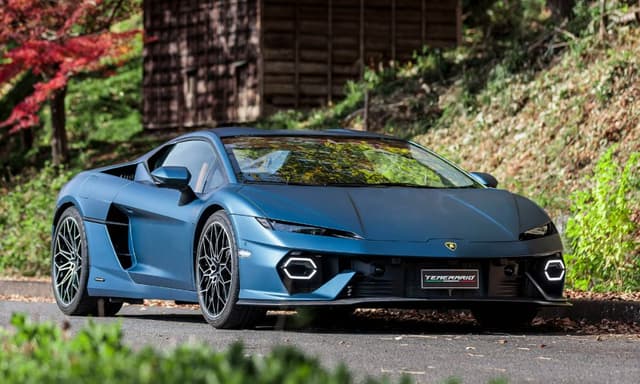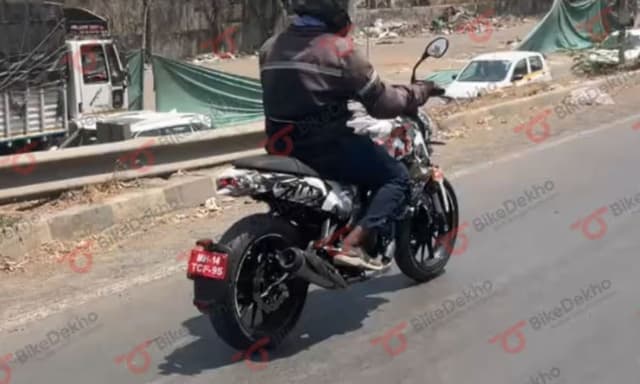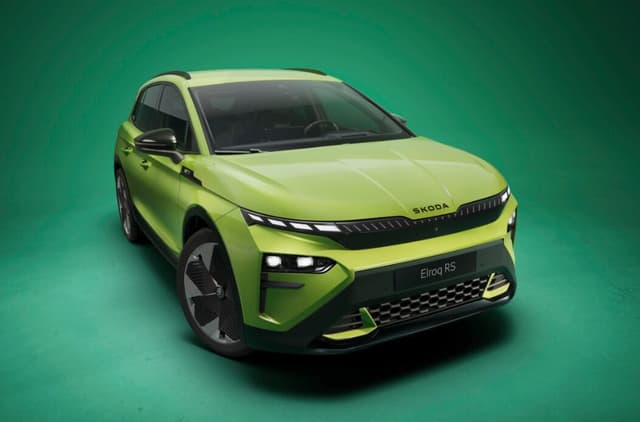User Blog: What It's Like To Own A Hyundai Kona Electric

Highlights
In mid-2015 I happened to stumble upon the Nevada and Fremont Tesla factory videos while doing some research for implementation of robotics in my manufacturing unit. Together in this journey of yearning for EVs' was my friend Kiran Alangar and cousin Padmanabh Bhat. Together we would follow Tesla news and drool over the Model S & Model X progress. That really opened our eyes to EVs' and their advantages.
Now skip to April 1st 2016, or 31st March 2016 in US of A, I see the live stream of Elon introducing the Model 3, Tesla's most affordable (approximately 35,000 USD ) model yet, and India was also a country where they planned to enter and had opened up the reservation page for. After deliberating with Dad for a few days finally reserved one paying USD 1,000 on 7th April 2016. Tesla it seemed had bit off more than they could swallow, with the almost 400,000 reservations. So started my journey of waiting for Tesla to enter India. Elon's multiple tweets of entering India gave me hope and them not fructifying brought disappointment.

After deliberating with Dad for a few days finally reserved one paying USD 1,000 on 7th April 2016
Cut to June 12 2019. I get news that Hyundai India is planning to launch the Kona EV in the country and and I am straight away interested to test drive it. I called a couple of leading Hyundai dealerships to enquire about the same. They told me that they are not aware of this and would ask their premium car sales person to give me a call back. In the meanwhile, I tweet a few Tesla owners I follow on twitter to get their feedback. The Hyundai dealer sales person calls me and gives me only a few details, he had visited the training session and told me that we may only get the base 39.2 kWh variant (EPA range of 250-260 km) and not the 64 kWh long range (EPA range of 410-420 km) which I was looking forward to, so that I can travel long distances without the dreaded range anxiety. ARAI capped the range of the Kona EV at 452 km on a single charge, which was another big attraction.

Hyundai Kona Electric was revealed at the showroom in the first week of July
In the first week of July, the sales rep calls me for the official reveal of the Kona EV in its showroom. I was both disappointed and happy after the reveal, as a few of the key features present in the international version like HUD, Lane keep Assist, Adaptive Cruise control were missing in the Indian offering. However, the price put a smile on my face. As soon as I saw the car I was in love with the design and colour. The test drive cemented my impression, the rear seat leg room was an issue and no rear AC vents too, but till then I had only heard of the instant torque of an EV, but first hand experiencing the 395 Nm of torque was a new experience. This is after me driving my daily driver Audi Q3, with 173 bhp and a 0-100 kmph time of 8.2 seconds compared to 9.8 seconds in a Kona. But the difference in the way torque was delivered compared to an internal combustion engine was breathtaking and addictive. I gave all the info to Kiran and Padmanabh (and of course my wife Anjali and Mom) . They approved. I booked the Kona in the same Marina Blue as I test drove.

Thanks to the reduction in GST on electric vehicles, I had to play Rs. 1.6 Lakh less for my Kona Electric
Notification for reduction of GST on EVs' arrived and on August 1, the dealership sent me the final rate after the GST cut. I was more than happy to pay Rs. 1.6 Lakh less. Karnataka has zero road tax on EVs hence my on road cost is equal to Ex showroom + Insurance + registration fees all put together a nice round Rs. 25 Lakh. I was told that the car will be delivered in a few days and was pleasantly surprised when I got a call on August 6 that the delivery was scheduled 3 days later. And so starts my journey with my first electric car.

We took the delivery of the Hyundai Kona Electric on August 9 and so starts my EV journey
Immediately I like the level 3 regeneration setting, thus enabling one pedal driving. The drive dynamics were pure bliss and I started sitting in the front passenger seat even when my driver would drive (as front two seats are ventilated seats). Kiran and I stay in Bangalore and Padmanabh in Mangalore, so our road trip plans were already in the making.

The Hyundai Kona in India is sold with 2 charger options - 2.64 kW and a 7.2 kW wall charger (which I got installed in my office)
The first week I was amazed at the efficiency of Kona Electric, I averaged almost 8.8- 9 km/ kWh that roughly translates into almost 340-350 km on a single charge. The Kona in India is sold with 2 chargers and 3 charging options. One charger is the portable 3 pin (16 A plug) trickle charger that can charge at 2.64 kW (12 A X 220 V) and will take 15-16 hours to charge from empty to full. The second is a Delta 7.2 kW wall charger (installed 15 days after receiving the vehicle at my office) that takes 4-5 hours to charge from empty to full. My daily commute is around 60-70 km per day and so with a the 330 km minimum range in city conditions that I get, I rarely charge 2-2.5 hrs two times a week from the wall charger and use the portable charger to top up if required at home before a road trip.

Just two weeks into taking the delivery of the Kona Electric, we decided to go on a small road trip to the Nandi Hills
And that road trip didn't take long to finalise. In the second week of ownership, we decided to test out the Kona electric's efficiency by traveling to Nandi Hills to understand the difference in consumption compared to city driving .
We started our journey at around 6 am with ambient temperature being around 15 Degrees. The outbound journey we drove 53.8 km ( Average 5.7 km/ kWh ) which can be split up into two parts, the normal level road drive where we averaged in the mid 8 km/kWh and the second part, the 12.6 km climb up to the top of Nandi hills where we averaged only 3 km/kWh. The drive up was effortless and I was easily zipping past other vehicles.

On the normal level road the Hyundai Kona Electric averaged at around 8 km/kWh, and 3 km/kWh while going up on the Nandi hills
The return trip was more fun, regen all the way downhill, in the 8.2 km decent from the top we averaged 999 km/kWh and had added 23 km of range back into the battery. On the return trip we averaged 15.9 km/kWh for the 53 kms driven. Total trip distance of 107.3 km we averaged a healthy 8.4km/kWh or around 330 km per charge. And this gave me and Kiran the confidence to go on a longer trip.

Total trip distance of 107.3 km we averaged a healthy 8.4km/kWh or around 330 km per charge
We started the planning multiple routes around Bengaluru to get an idea of the highway range on Kona Electric. Since I do frequent trips to Mangalore, we decided to put it to test on the Bengaluru-Mangalore Highway( Nagvara-Goruguntepalya - Nelamangala - Hassan Route). The day before our trip, we charged the Kona to 100% and range being displayed on the Guess -O- Meter (GOM) at start of trip was 332 km with climate control and seat ventilation on level 3 and comfort mode on.

The range on the Guess -O- Meter (GOM) at start of trip was 332 km with climate control and seat ventilation on level 3 and comfort mode on
We were averaging around 8.3 km/kWh till Nelamanagala with moderate Bangalore traffic. We were happy and confident that we can go till Channarayapattana (Around 157 km from our starting point) and come back with 15 kms of range left.
Once on the highway we were cruising continuously around 100-120 kmph as the traffic was very low on the 6 lane road. But then we started to notice average consumption falling steadily. We were at 7.3 km/kWh with some hammering. There was no much traffic which means no re-gen which means no recharging battery. We decided to have a pit-stop for a quick bite. By the time we reached there we had covered around 96 km from our starting point and we had around 68% battery left. Many people were taking strolls around car. The green number plate and electric badgeing drew some attention.

By the first pit-stop we had covered around 96 km from our starting point and we had around 68% battery left
We were in a little dilemma whether to go to our originally decided destination or turn back earlier (range anxiety sets in). Finally we decided to drive until we reach 55% battery charge before turning back so that we have a 5% buffer in case of any elevation gain on the return trip and no public fast chargers yet on the highway. At the turnaround point we had covered 127 kms.

When we reached back to Nelamangala our average consumption was 7.8 km/kWh
When we reached back to Nelamangala our average consumption was 7.8 km/kWh. From Nelamangala onwards again we got the expected moderate Bengaluru traffic. We decided to have lunch at Malleswaram and post that would go to BESCOM office at KR Circle to charge the car at the 25 kW DC charger. When we reached BESCOM office we had 16 per cent juice and 51 km range left. We charged the car for 30 minutes which added about 75km of range.

On the highway a realistic range of 280-300 kms can be expected from the Hyundai Kona Electric
So to summarize, on the highway a realistic range of 280-300 kms can be expected, maybe a little more if driven in ECO mode and at lower speeds (80-90 kmph), but that doesn't serve the purpose of not compromising vis-a-vis a trip with an ICE car. So here it is the positives and the negatives of owning and using an electric Kona on a daily basis.
Positives of Kona Electric:
1. Instant torque, makes overtaking a breeze.
2. The silence other than some road noise at high speeds when VESS (Virtual Engine Sound System) is switched off.
3. Lower running cost (at even Rs.10/kWh , and 7.8 km/kWh average consumption) total trip distance approx 255km cost us Rs.327/- which is easily 1/5th of a comparative petrol car and 1/4th a comparative diesel car.
4. Ventilated seats in the Kona makes for a very relaxing drive experience.
5. Regen makes one pedal driving possible and very engaging to drive.
6. Central console is very informative, so I can nerd out.
7. Amazing daily driver and small-ish road trip car.
8. Complementary Delta wall charger supplied is quite fast, adds 75-80 km of range per hour, thus I charge once/twice a week as needed when battery level falls to around 15-20%.
9. Love Android auto/ Apple car play ( which is not exclusive to EVs')which basically makes the system future proof, e.i. as your phone updates , so will your navigation/infotainment etc.
10. Low maintenance cost as no engine air filter/oil changes ever. As physical brake is rarely used, brake pad and disc wear is minimal.
11. On top of all this being Emission free is the topping on the cake.
Negatives of Kona Electric:
1. Very limited rear leg room and trunk volume. It's a large hatchback not really a SUV. Not an ideal car if driver and rear passengers are both tall.
2. No over the air updates or Blue link connectivity.
3. No driver assistance features in the India trim, like rain sensing wiper, LKA (lane keep assist), ACC (Adaptive Cruise Control), Rear cross traffic assist.
4. No front proximity sensors/camera is irritating as if you're driving alone, approaching a DC fast charger takes a little getting used to as charge port is located on the front.
5. Charge port cover is little flimsy/plastic-ky.
6. Ground clearance is not very high, but it may be so on purpose to reduce drag.
7. Public DC fast charger infrastructure is not available on highways yet, hence a lot of planning will be required for any travel above 250 km.
Last Updated on October 9, 2019





